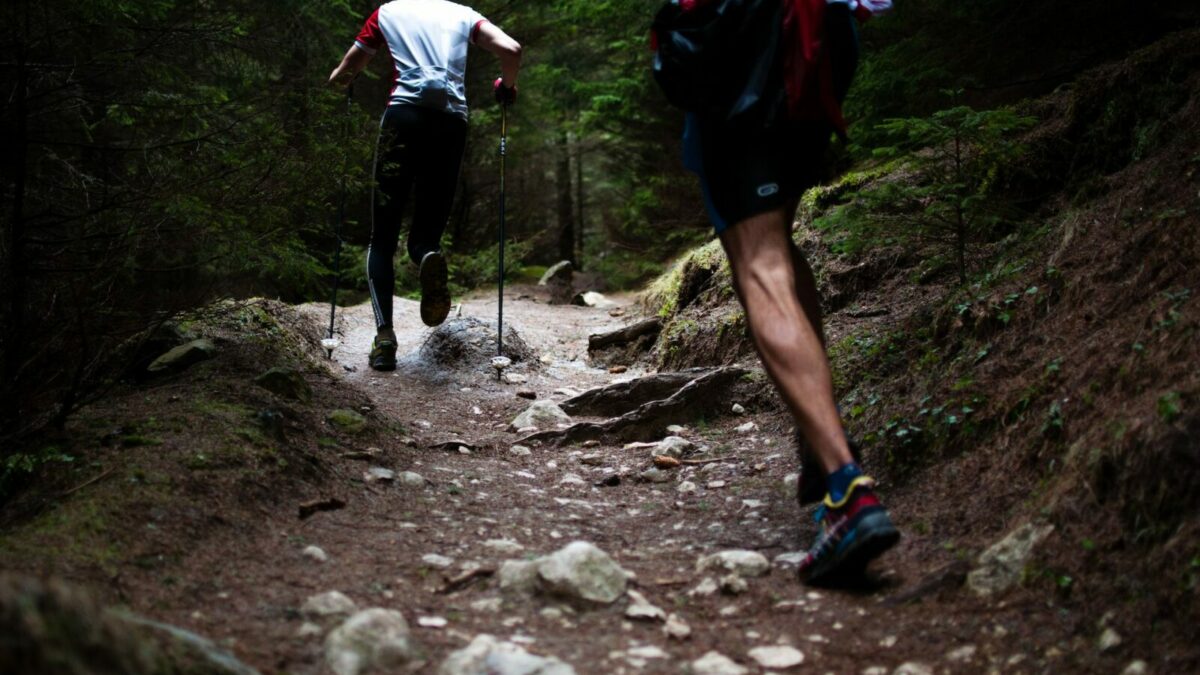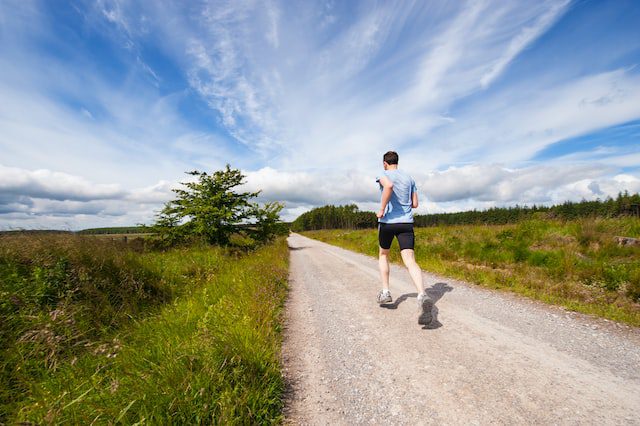Eat hills for breakfast: three ways to master the climb
These simple tricks will have you gliding effortlessly over hills and up mountains
 Photo by:
Unsplash
Photo by:
Unsplash
Running uphill seems simple in theory, but many runners struggle with the challenge or avoid hills altogether. Striding up some vert can help all types of runners, in every distance, boost speed and strength. Learn how to maximize your hill training (without getting hurt) by running both up and down effectively and efficiently.
Practice the long, steady climb
With the exception of hill sprint workouts, you should aim to run uphill at a moderate, sustainable pace. Burning up energy by tackling hills full-tilt will cause a deficit later in your workout or race, while evenly-paced climbing will keep you running smoothly throughout. Studies show many runners tackle hills too quickly at the outset and end up running at greater effort than they can maintain.

Find a hill that takes you 10 minutes or longer to run up (or set your treadmill incline so that your legs are burning but you can smoothly keep pace). Aim to mimic the effort you use on flat terrain, even if it feels like you’re running very slowly. If you find yourself starting to breathe more heavily, slow down.
Lengthen your stride at the top
After speeding up a hill, you may have a habit of slowing down (or even stopping) to catch your breath before resuming your normal pace. Runners naturally have a shorter stride heading uphill, and it takes a conscious effort to switch back to your regular stride quickly.

Make a habit of cueing yourself to open your stride and pick up your pace. To get better at this, find a short hill that takes under a minute to reach the top of. Run hard to the top, lengthen your stride, and accelerate for roughly 15 seconds. Run easily back down the hill to recover and repeat five to 10 times.
Learn to love the downhill
Downhill running at high speeds is an art form. Inserting some fast downhill sections into your training will help you gain the confidence needed to have a loose, relaxed gait and fast pace, while avoiding zooming out of control.
Asi esta la última bajada desde Andraitz (km30) @ZegamaAizkorri pic.twitter.com/FOvch6Lawi
— Biel Ràfols (@biel_rafols) May 11, 2023
After a regular run, add four to six 100-metre strides down a gentle hill that has a grade you feel comfortable playing with speed on. Try shortening your stride, while keeping your arms wide and low for stability. Aim for quick steps and a smooth gait. If you find you are breathing easily, push a little bit harder. As you get more comfortable picking up the pace, find steeper hills to practice on.


